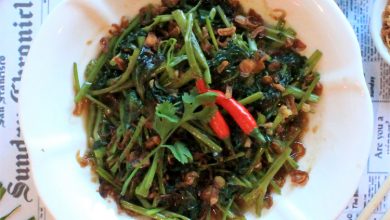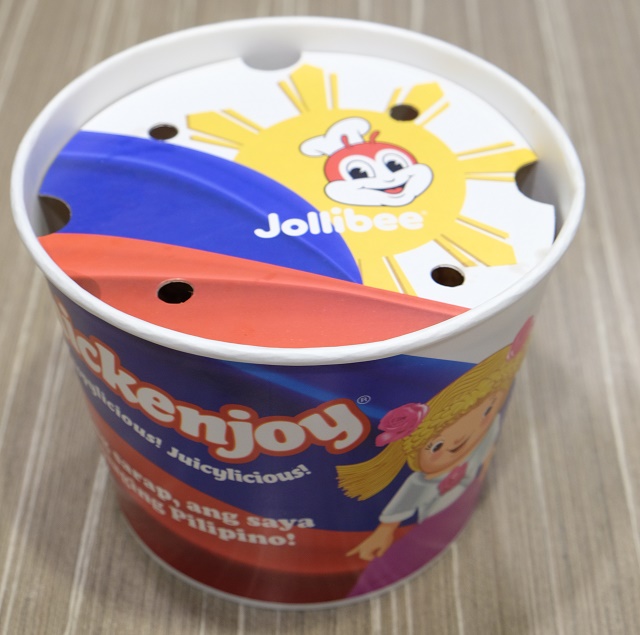
Discovering Filipino food is like to going on a tasty journey, as each dish reveals a tale of culinary inventiveness and cultural legacy. Here are seven foods that are a must-try for those who are keen to experience the true flavors of the Philippines and entice their taste buds:
Adobo
Adobo, a mouthwatering stew featuring tender meat (typically chicken or pork), garlic, vinegar, soy sauce, and spices, takes center stage as the unofficial national dish of the Philippines. Marinating the meat in its tangy-savory sauce, Filipinos skillfully infuse flavors before simmering it to perfection. The artful balance of sweet, salty, and sour notes renders adobo a beloved comfort food cherished by locals and welcomed by visitors alike.
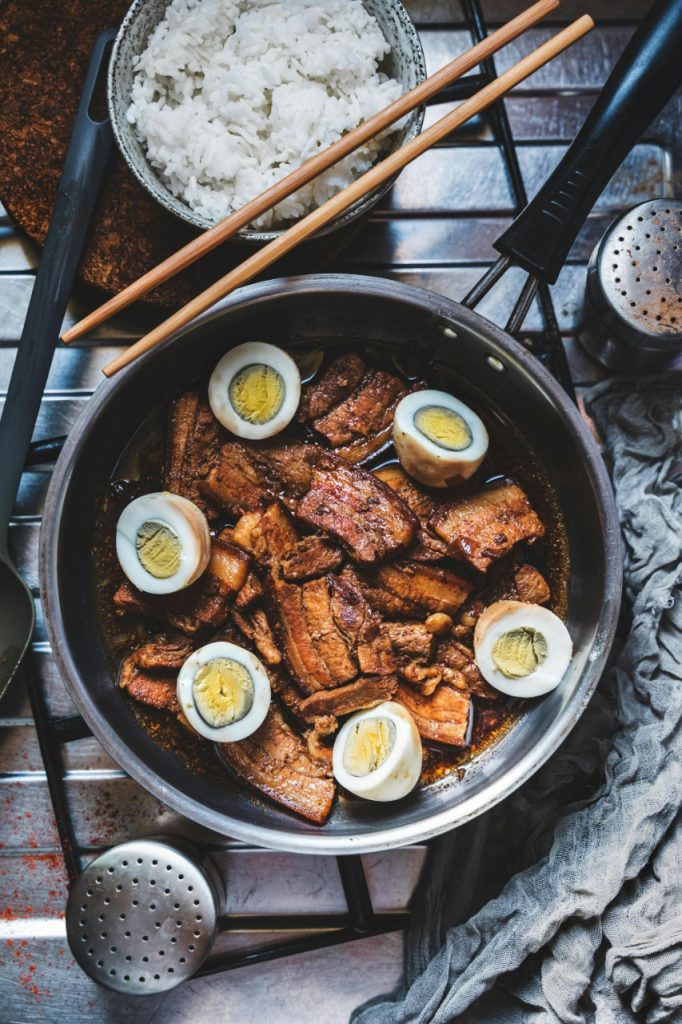
Sinigang
Infused with a distinctive tartness, sinigang tantalizes taste buds with its vibrant flavors. Crafted from tamarind, calamansi, or green mango, this sour soup is a culinary delight. Typically featuring shrimp, fish, or pork alongside an array of vegetables like eggplant, radish, and kangkong (water spinach), sinigang offers a hearty and satisfying meal. The sour-savory broth, best enjoyed piping hot, creates a delicious flavor contrast when paired with steamed rice.
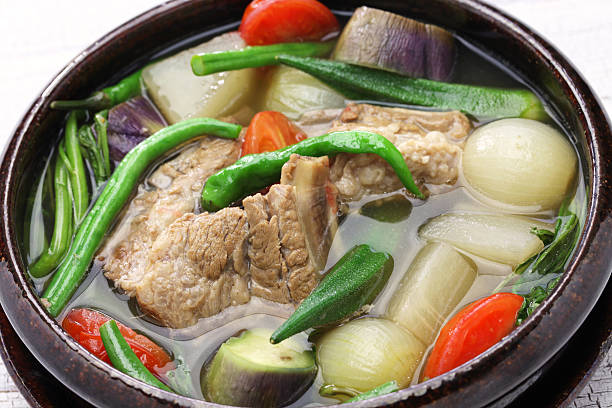
Lechon
No Filipino celebration is complete without the presence of lechon, a succulent and crispy whole roasted pig. Prepared by seasoning the pig with spices and herbs, then slowly roasted over an open fire or in a spit-roasting pit, lechon boasts tender meat encased in crackling skin. The result is a dish that’s crispy on the outside, juicy on the inside, and bursting with flavor—a true centerpiece of festive gatherings.
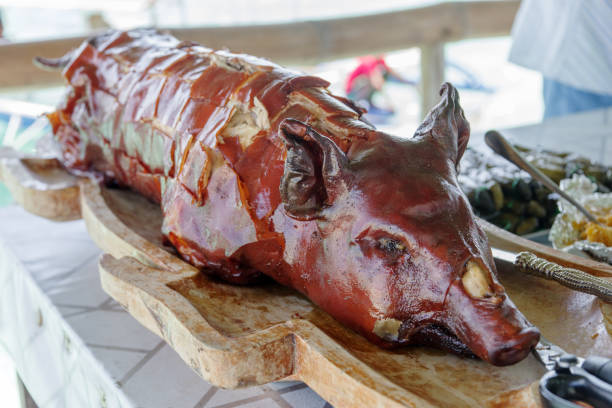
Kare-Kare
Simmering oxtail, tripe, and vegetables in a peanut-based sauce produces the rich and creamy Filipino stew known as kare-kare. The sauce gets its distinctive nutty flavor from the addition of ground peanuts or peanut butter to thicken it. Traditionally served with bagoong (fermented shrimp paste) on the side for added depth of flavor, Kare-Kare offers a unique and indulgent dining experience that’s sure to satisfy.
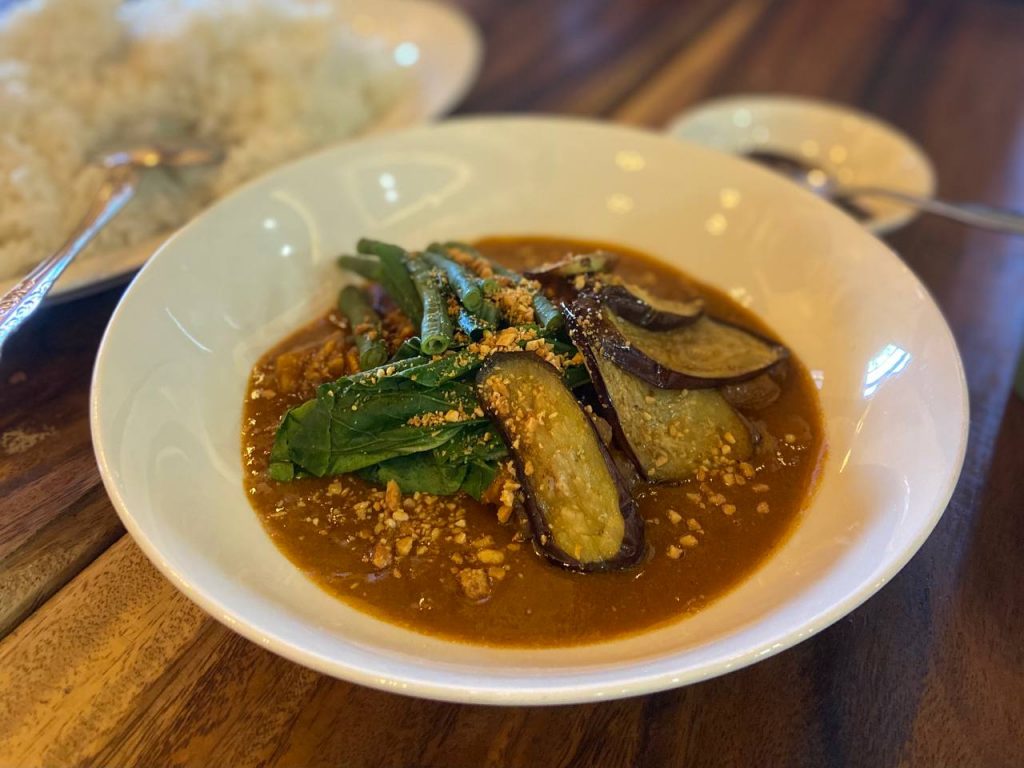
Photo by Jeremae Belmonte on Wazzup.PH
Halo-Halo
Halo-halo, a popular dessert in the Philippines, is a vibrant mixture of shaved ice, evaporated milk, and various sweet ingredients including fruits, jelly, sweet beans, and ube (purple yam) halaya. It is a wonderful dessert that offers a delightful contrast of textures and flavors. It is topped with a scoop of creamy leche flan or ube ice cream and sprinkled with crispy rice crisps. Halo-halo is creamy and refreshing.
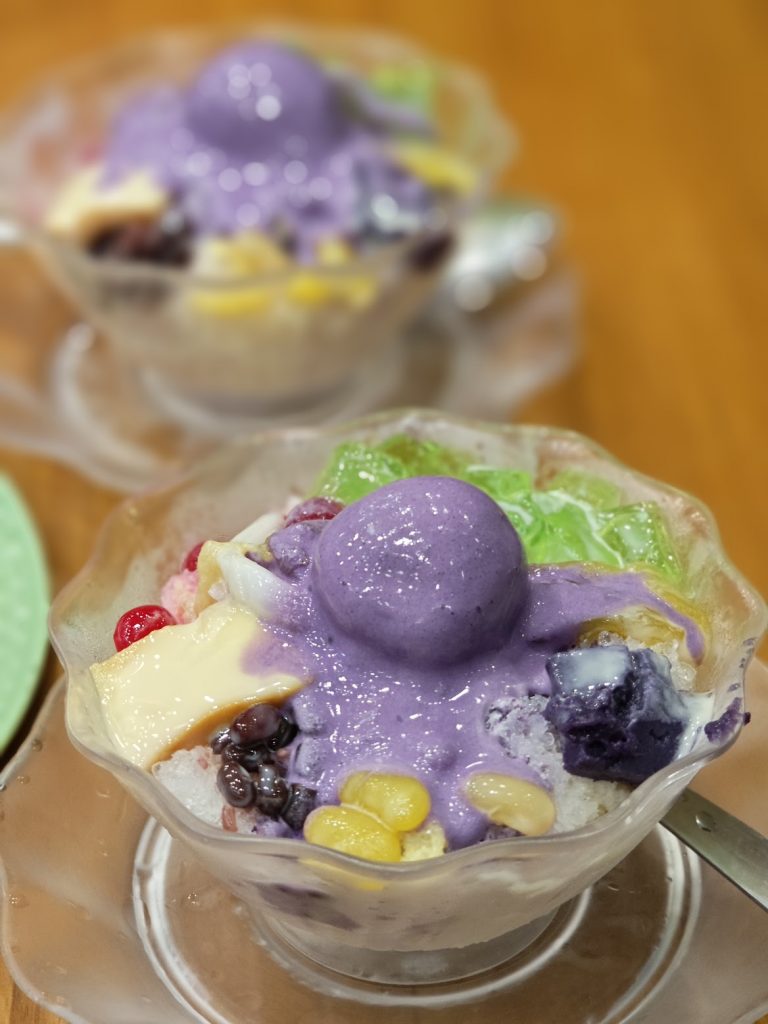
Pancit Canton
Crafted through a medley of stir-fried noodles, assorted veggies, and flavorful meats like shrimp, pork, or chicken, pancit canton stands as a renowned Filipino noodle meal. This savory and filling dish, seasoned with soy sauce and fragrant spices, is a staple at birthdays and special events, symbolizing long life and fortune.
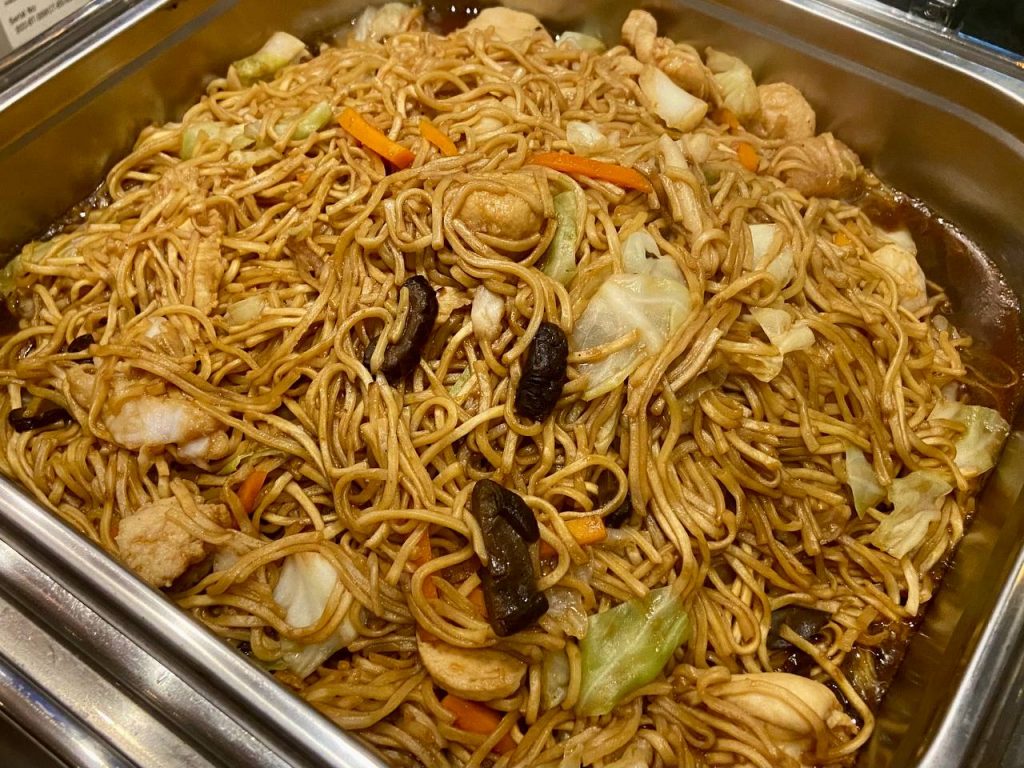
Sisig
Chopped pig’s face and ears are used to make the spicy and delicious cuisine sisig. Seasoned with calamansi juice, onions, and chili peppers, sisig sizzles on a hot plate, enriched by a raw egg. Transitioning from seasoning to cooking, this must-try Filipino delicacy has gained popularity for its bold flavors and crunchy texture.
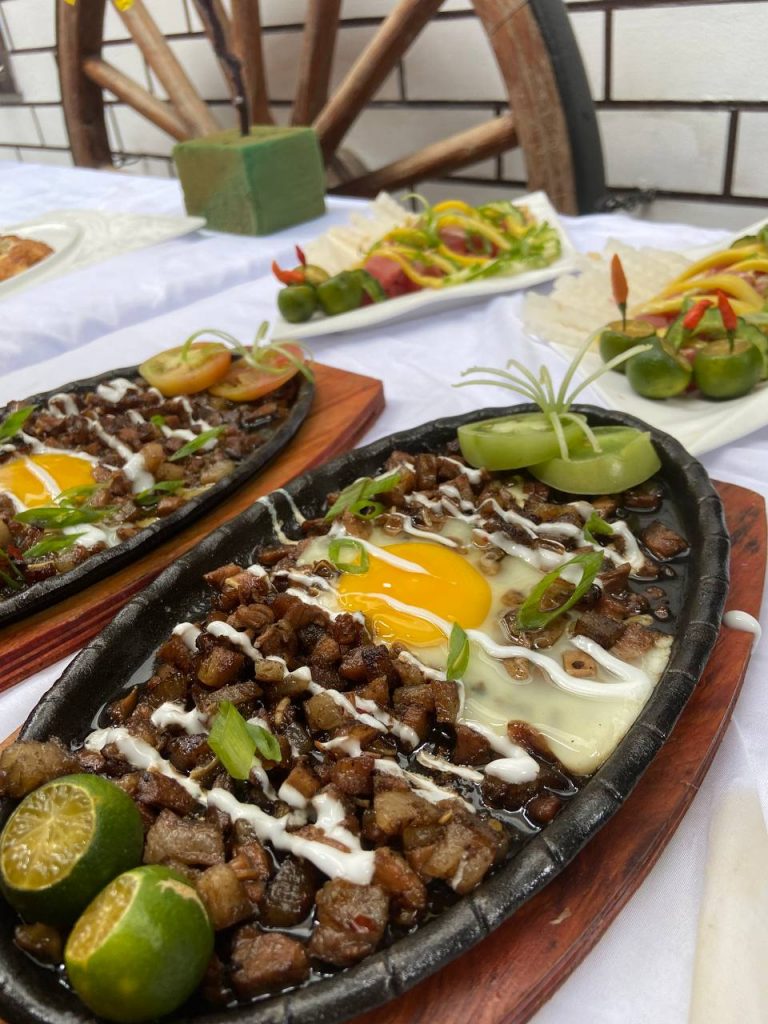
Experience a fascinating peek into Filipino cuisine’s rich legacy and vibrant culture with these seven meals. Adventurous eaters can explore posh restaurants or sample street food for an unforgettable culinary adventure.


